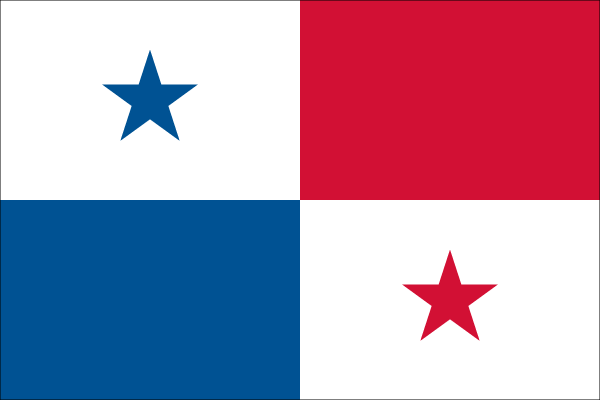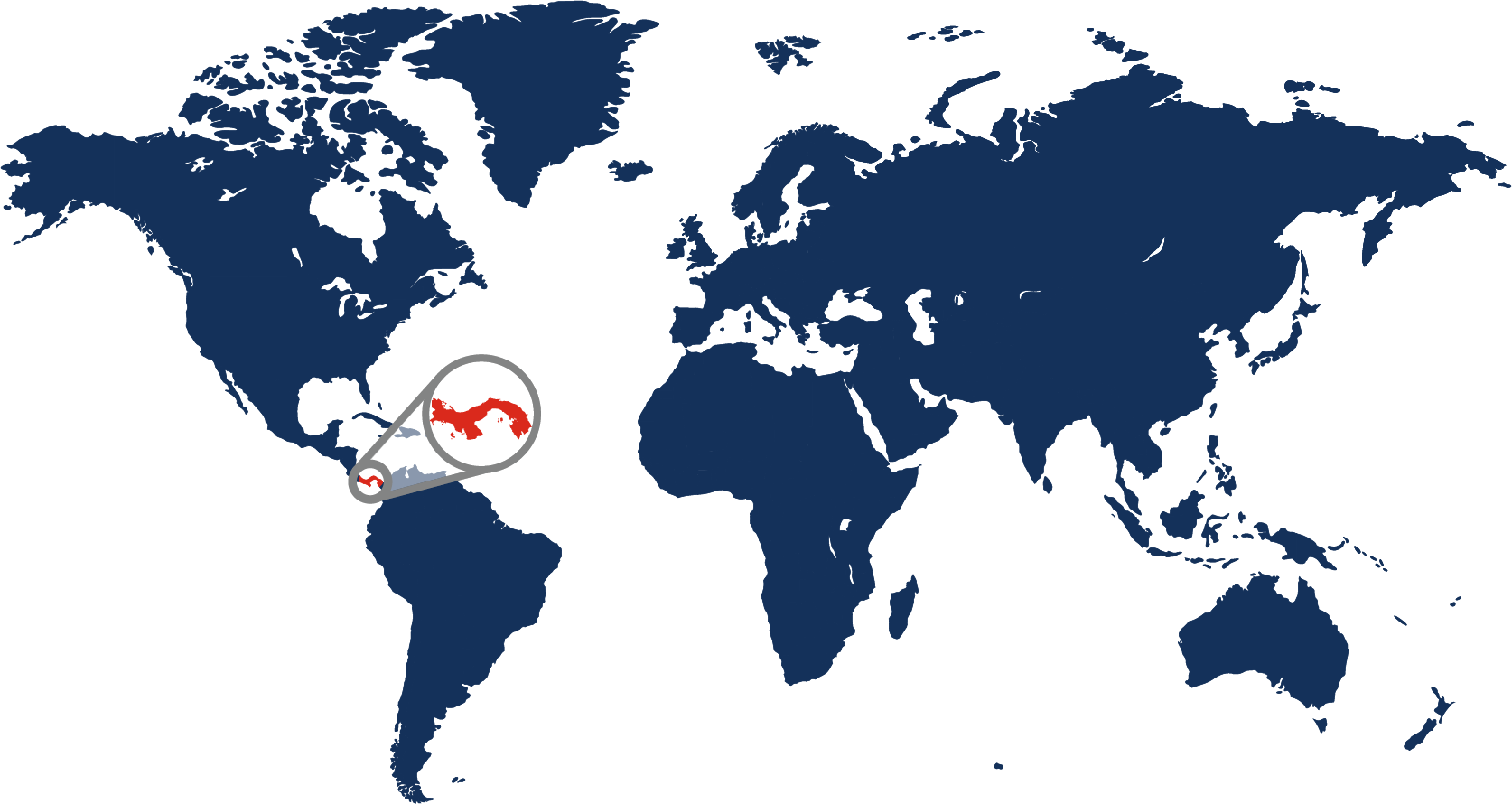Panama Travelogue
Articles
Travelogues
View more from News & Articles or Primerus Weekly

By Tom Kirvan
Panama, a narrow strip of land connecting Central and South America, is a country of rich biodiversity, fascinating history, and vibrant culture. Known for its famed Panama Canal, Panama offers much more than just a passageway for ships. From cosmopolitan cities and pristine beaches to lush rainforests and indigenous heritage, Panama is a destination that promises unforgettable experiences for every traveler.
Panama has a population of approximately 4.4 million people, with a mix of indigenous groups, mestizos (mixed European and Indigenous ancestry), Afro-Panamanians, and people of European and Asian descent. This cultural blend is reflected in Panama’s cuisine, music, and festivals.
Geographically, Panama is a land of contrasts. Bordered by Costa Rica to the west and Colombia to the east, it has coastlines along both the Caribbean Sea and the Pacific Ocean. The country is known for its mountainous interior, dense rainforests, and extensive river systems. The Panama Canal, a marvel of engineering, cuts through the country and plays a pivotal role in global trade. The Darién Gap, a dense and roadless swath of jungle, marks the boundary between Panama and Colombia and is one of the most biologically diverse regions in the world.
Panama’s history is deeply tied to its strategic location. Indigenous peoples, including the Guna, Emberá, and Ngäbe-Buglé, have inhabited the region for thousands of years. The Spanish arrived in the early 16th century, making Panama a critical part of the Spanish Empire’s trade route between the Americas and Europe.
In 1903, Panama gained independence from Colombia with the support of the United States, which subsequently oversaw the construction of the Panama Canal. Completed in 1914, the canal revolutionized global maritime trade by linking the Atlantic and Pacific Oceans. Control of the canal was transferred to Panama on December 31, 1999. Today, the canal remains central to Panama’s economy and international significance.
Panama’s economy is one of the most robust in Latin America, driven by services related to the Panama Canal, banking, commerce, and tourism. The Panama Canal generates substantial revenue through tolls paid by ships passing through its locks.


Capital: Panama City
Population: 4.4 million
Highest Point: Volcan Baru (11,401 feet)
Trivia: The ship Arcon was the first to transit the Canal in August 1914
Primerus Member: Quijano & Associates
Quijano & Associates, a full-service law firm located in Panama City.
Panama City is a major financial center, with an economy bolstered by international banking and commerce. The Colón Free Trade Zone is the second-largest duty-free zone in the world, attracting businesses from around the globe. Additionally, tourism plays an essential role in the economy, with visitors drawn to Panama’s beaches, rainforests, and cultural heritage.
Panama City, the capital and largest city, is a dynamic metropolis where modern skyscrapers stand alongside colonial-era architecture. The city’s skyline, featuring sleek high-rises, reflects its status as an international hub for finance and trade. The capital city also serves as the gateway to the Panama Canal and offers alluring nightlife, world-class dining, and rich cultural experiences. The historic district, Casco Viejo, is a UNESCO World Heritage Site known for its cobblestone streets, colorful buildings, and lively plazas.
Five Must-See Destinations